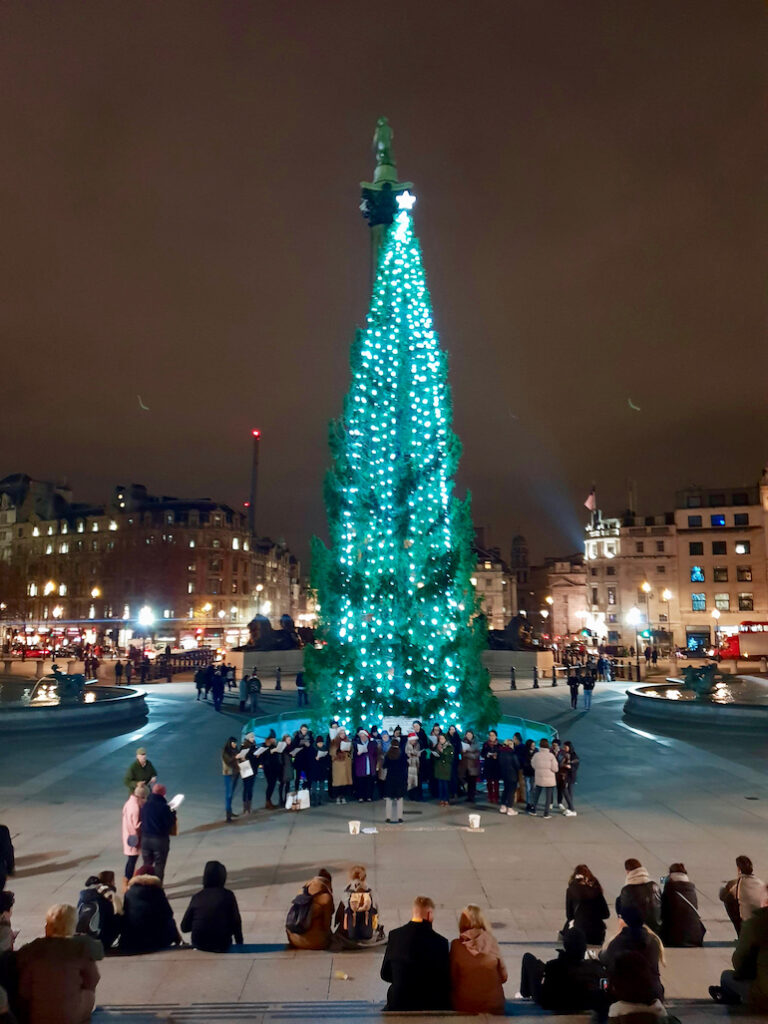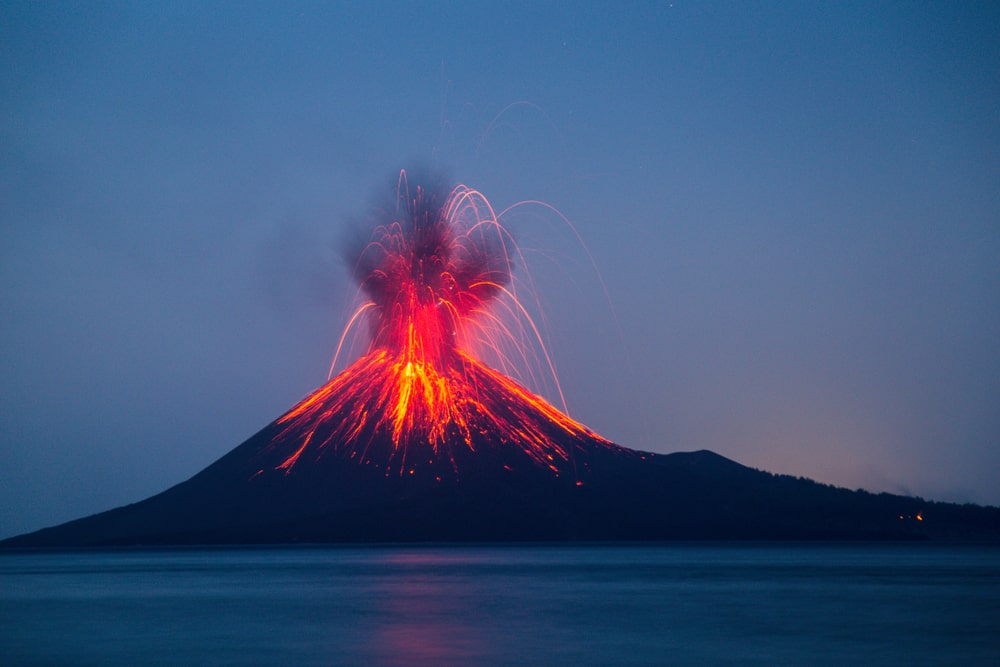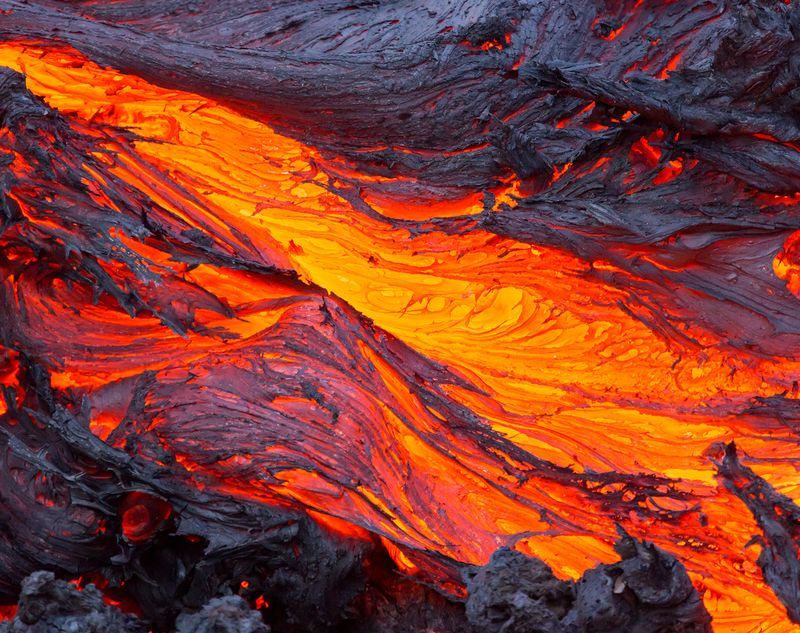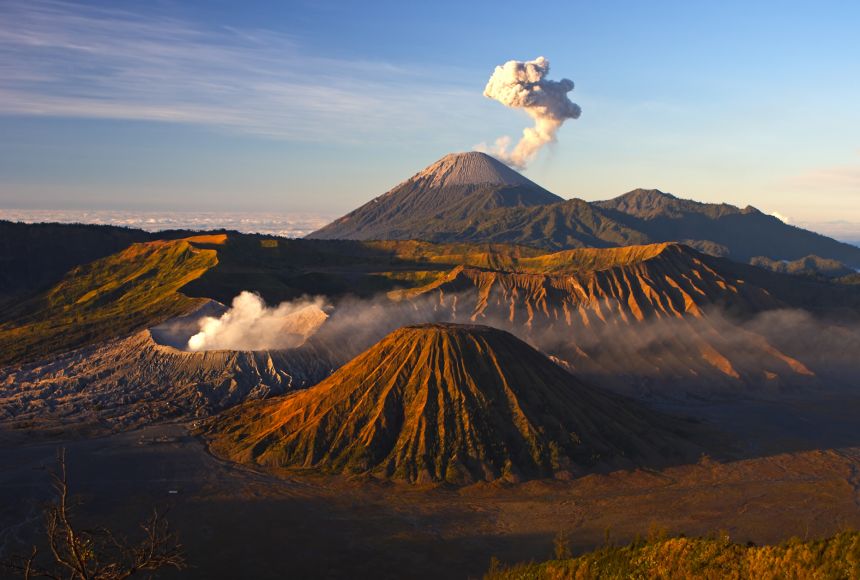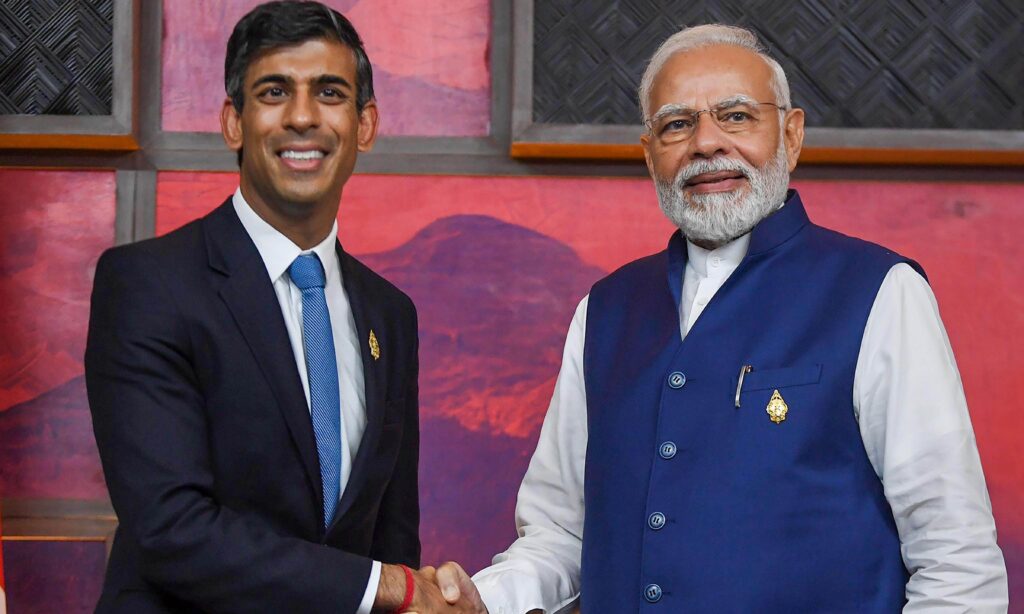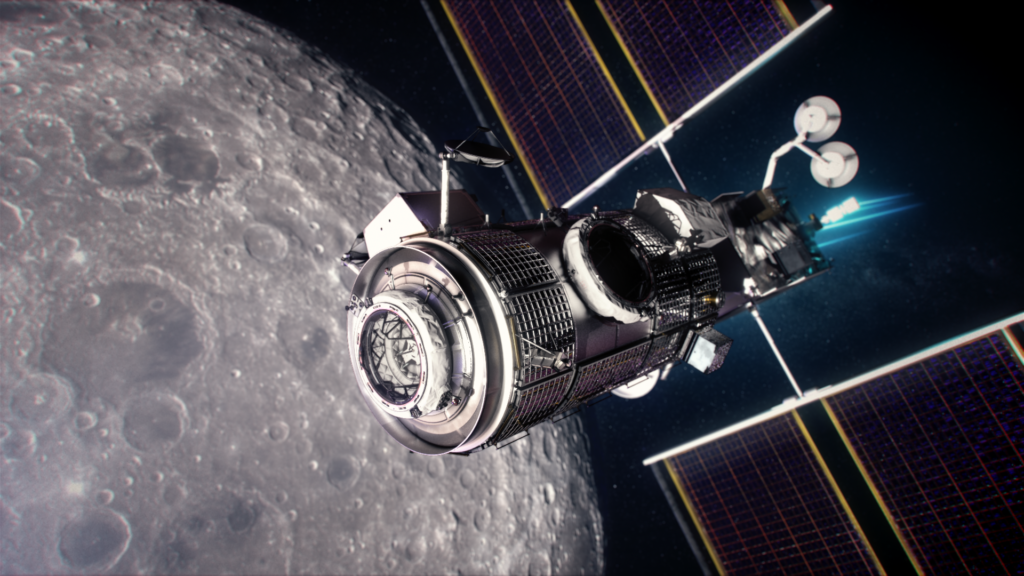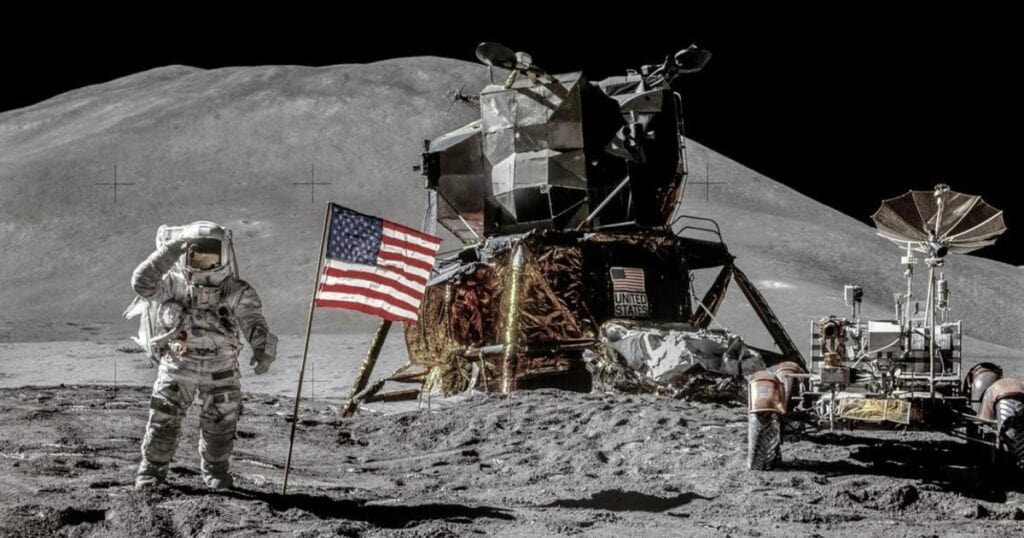Red Pandas are small mammals and are found in the high forests of India, Nepal, Bhutan, Myanmar, and China. Even though red pandas and giant pandas share a similar name and love for bamboo, these two animals are not related. They both belong to different animal families. Red pandas are more closely related to skunks, weasels, and raccoons. They were first discovered in 1825, while the giant pandas were discovered in 1869. As per recent studies, there are 2 distinct species of red panda: the Chinese red panda and the Himalayan red panda. These creatures are known for their remarkable acrobatic abilities and spend most of their time in trees.

Interesting Red Panda Facts That You Need To Know –
1. Red pandas have many names. They are also known as the first panda, original panda, firefox, red bear-cat, red cat-bear, and the lesser panda!
2. Although red pandas are carnivores, they rarely eat meat. They consume 20% to 30% of their body weight in bamboo. They can eat up to 20,000 leaves every day and can also occasionally eat eggs, insects, birds, and small mammals.

Also read, Kangaroo: World’s Largest Hopping Animal
3. Red pandas are solitary and nocturnal animals. They sleep during the day while the temperature is at its hottest and become active during dawn and dusk.
4. Like giant pandas, red pandas also have opposable thumbs that help them hold onto the bamboo, branches, and leaves.
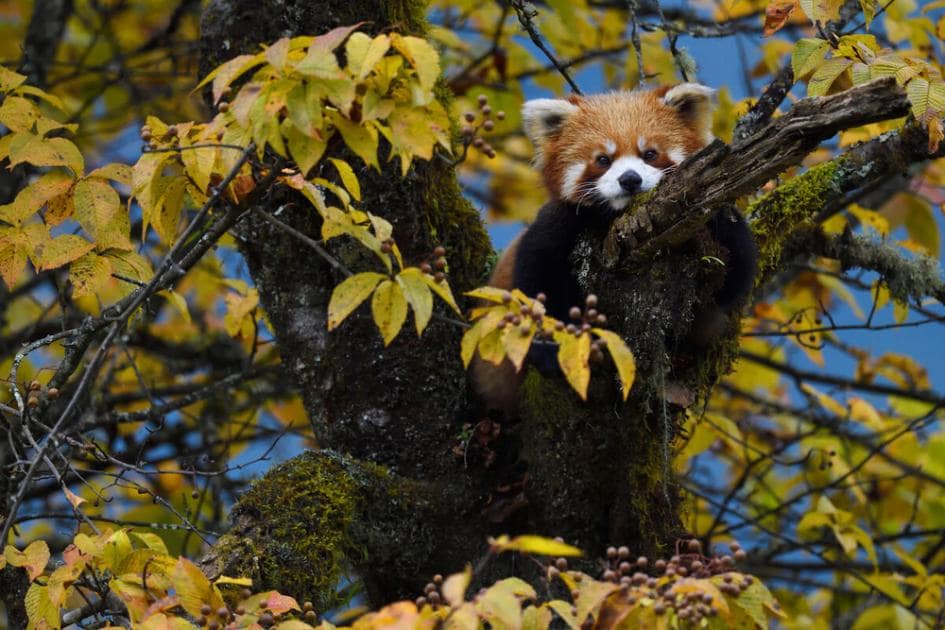
5. Every year the third Saturday of September is recognized as International Red Panda Day, this year it was celebrated on September 17.
6. Red pandas are the only living species of their taxonomic family. While they’re a unique animal species, they also face the threat of extinction due to climate change.
7. In India, red pandas are mostly found in tropical forests. They are mostly found in cool and temperate forests.

8. Did you know that the word “panda” is derived from the Nepalese word “nigalya ponya” which means bamboo eater?
9. The red panda is Sikkim’s state animal. They are also found in other Indian states such as Arunachal Pradesh, Darjeeling, and parts of the Kalimpong district of West Bengal.
10. Red pandas are classified as endangered on the IUCN Red List of Threatened Species. It is estimated that less than 10,000 pandas survive in the wild and only 100 live in zoos, across the world. Loss of habitat, adverse effects of climate change, and poaching are the biggest threats to the red pandas’ survival.
The recent Disney movie, Turning Red, tells the story of a 13-year-old girl who transforms into a big red panda when she feels big emotions. Have you seen the movie yet?








